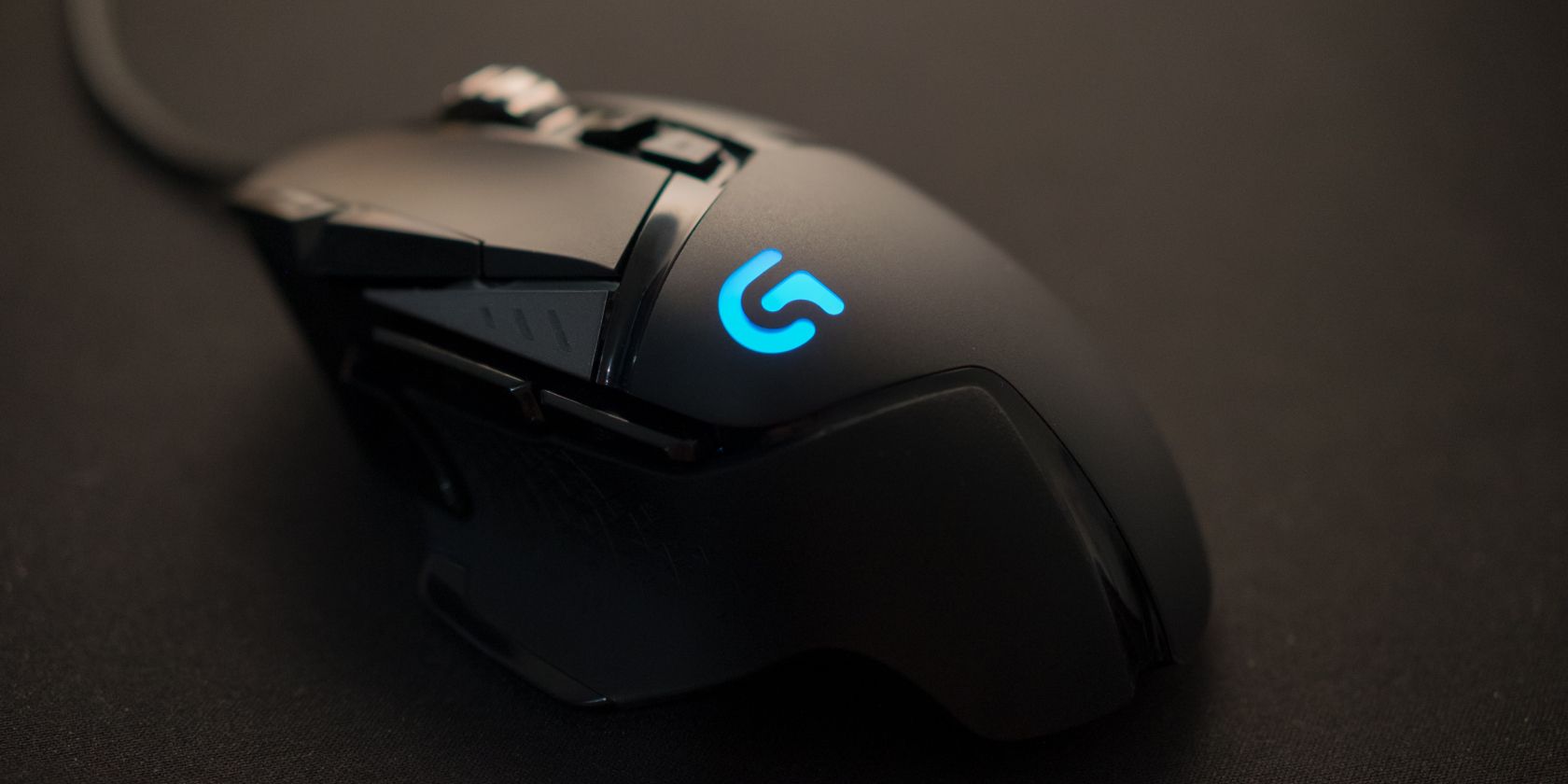

Incidentally, as the construction of the virtual world and the development of virtual reality content are unlikely to be accomplished by only a handful of companies alone, companies in this space will therefore place an increasing emphasis on UGC instead. TrendForce further indicates that gaming/entertainment, videos, and social interactions comprise the primary categories of virtual reality content. TrendForce expects annual global virtual reality content revenue to grow at a 40% CAGR from US$2.16 billion in 2021 to US$8.31 billion in 2025. Anyways, if AMD decides to produce a part of its lineup at Samsung, the remaining TSMC capacity would ensure that the supply of every incoming chip remains sufficient.įactors such as the rising popularity of topics related to the metaverse and UGC (user-generated content), as well as the rapid increase in AR/VR device shipment, will likely result in the creation of a growing body of virtual reality content in the market, according to TrendForce's latest investigations. There are no official, definitive agreements between the two, so we have to wait for more information and official responses from these parties. And apparently, the two company's collaboration could be much more significant as AMD is evaluating Samsung's 3 nm nodes for other products spanning more segments in 2023/2024. It means that we could see the first Samsung-made AMD APUs in late 2022 or the beginning of 2023. This specific node is allegedly the choice for AMD APUs designed to fit inside Google's Chromebook devices, which require low-power designs to achieve excellent battery life.ĪMD could realize this move in late 2022, as Samsung's 4LPP node goes into mass production at that point. As the report indicates, AMD could start working with the South Korean giant Samsung and utilize the firm's 4LPP process that represents a second generation of the low-power 4 nm silicon node. Morgan, AMD could soon tap another semiconductor manufacturer to produce the company's growing list of processors. According to the latest report coming from Gokul Hariharan, an analyst at J.P. Historically, AMD was working with two semiconductor manufacturing companies: TSMC and GlobalFoundries. However, the big surprise to us is that the single part that has driven up the cost the most is the physical LGA-17xx CPU socket and retention mechanism, which is apparently around four times as expensive as the LGA-12xx socket. There are obviously several factors that have come together to create something like the perfect storm, as the simple answer is that all parts combined have resulted in more expensive motherboards, but there are a few key components that are major contributing factors.Ī lot of speculation has been about the cost of the PCB itself and although it's correct that the PCB is a contributing factor, we're talking about a couple of dollars in extra cost, not only for the higher quality PCB materials themselves but also the fact that boards with DDR5 memory are more costly to produce, as more care needs to be taken with the overall design. There has been a lot of discourse about the cost of Z690 motherboards, so we decided to ask around to find out what has changed compared to the previous generation of Intel motherboards. Installation is a breeze thanks to the pre-filled all-in-one solution, excellent RAM clearance, flexible braided tubing and Phanteks Tube Clips that help route the tubing and fan cables for a clean PC interior.
#HALO 2 PC MOUSE STUTTER FULL#
The full cover pump cap has a low-profile design that can be mounted magnetically to the pump module to cover all mounting parts, which creates a clean and integrated appearance with the motherboard.

The new editions of the Glacier One comes with additional HALOS D-RGB fan frames to light up the MP fans. The Glacier One MP Halos Black models features a tempered glass infinity mirror pump cap with smooth D-RGB lighting integration.

The radiator is optimized to offer a noise-performance ratio that is best-in-class with the new silent Phanteks MP fans that now have a higher maximum RPM (2000-2200 RPM). The Glacier One MP Halos Black models are capable of cooling powerful CPUs while operating silently. Phanteks today announced three new additions to the Glacier One Series, Glacier 240/280/360MP Halos Black models.


 0 kommentar(er)
0 kommentar(er)
